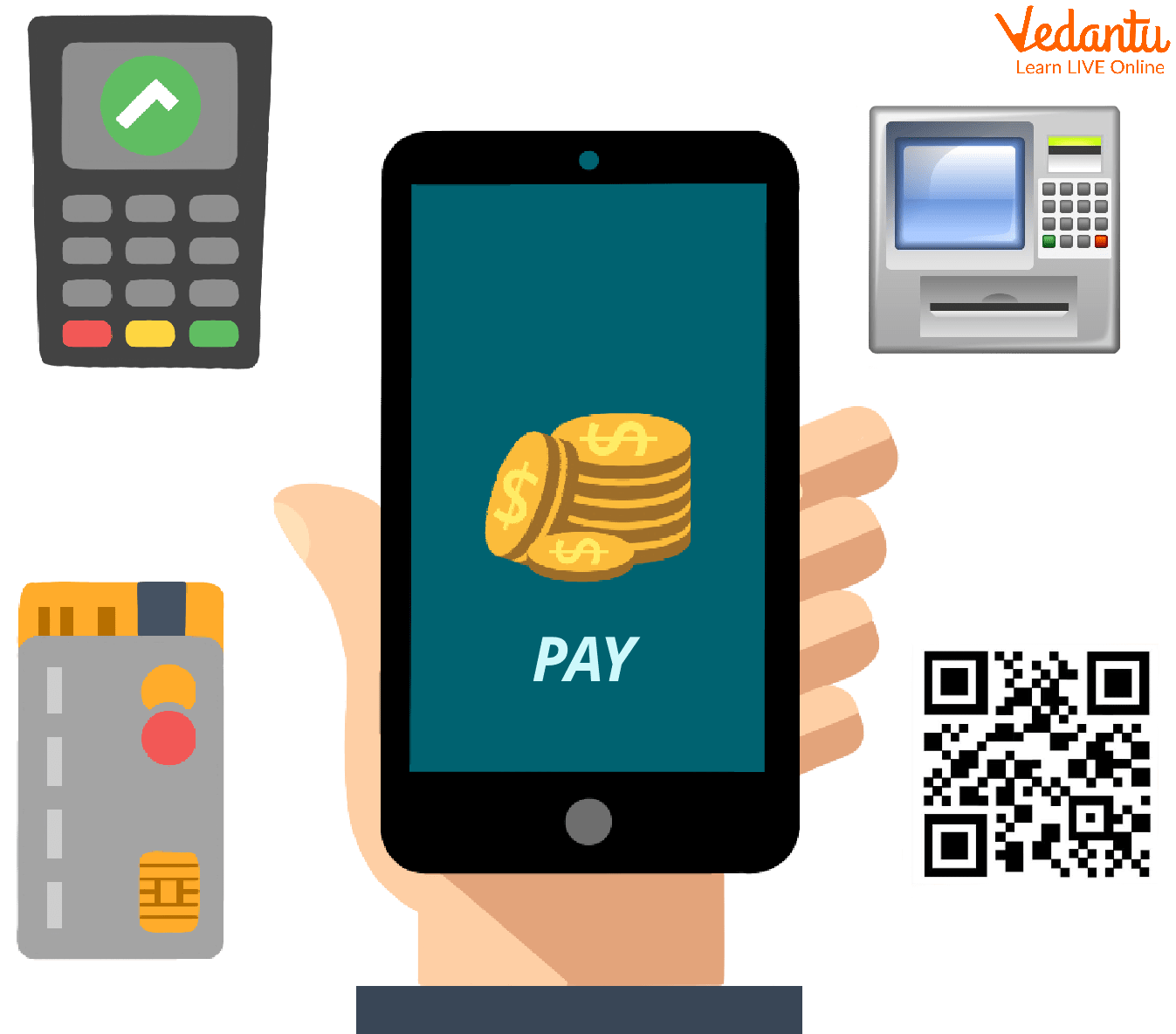




What are National Payment Systems?

Defining National Payment System
The national payment system is a crucial part of every country's economic infrastructure since it is the means through which consumers and businesses exchange money and financial services. Significant improvements have been made to the design of large-value, consumer, and securities payment networks, as well as the operations and processes carried out by operators, managers, regulators, and users of the systems, as a result of global economic liberalisation and advances in information technology.
There are several nations where the central bank bears a disproportionate share of the blame for the security of the national payment system. This article will offer a general review of monetary payment systems as well as the function that these systems serve within the contemporary international financial system.
Defining Payment Systems in Detail

Meaning of the Payment System in Detail
The term "national payment system" refers to the set of institutions and the underlying infrastructure of technology-driven procedures and practices that work together to streamline the movement of money and goods between buyers and sellers. The evolution of a nation's communications and technological infrastructure, as well as its banking and financial infrastructure, are reflected in its payment system.
Like any other industry, the market for payment system services is driven by supply and demand. On the demand side, customers want convenient access to a wide range of payment options, from wire transfers between financial institutions to retail credit instrument purchases made at the point of sale using plastic cards such as credit and debit cards.
Low transaction costs, system compatibility, security, privacy, and legal protection are highly valued by users. On the supply side, payment services generate income for banks and other financial institutions while expanding customer bases for businesses offering IT and telecom services.
The Payments System's Efficiency

The Efficiency of Adapting the Payment System
Australia's central bank was one of the first in the world to have payment system efficiency as a legislative goal. To fulfil this duty, the Reserve Bank has pushed for faster check-clearing times, increased direct debits as a bill payment method, and taken other measures to make card systems more competitive and efficient. As for the latter, initially, it was all about credit card processing. However, with the Payment Systems (Regulation) Act in 2001, the Bank recognised the Bankcard, Mastercard, and Visa credit card networks as payment systems.
The designation of a payment system is the first stage of establishing standards and an access regime. The bank, after significant consultation, established standards for the selected schemes, which reduced interchange fees, lifted prohibitions on retailers charging consumers for the acceptance of credit cards and enforced an Access Regime that encourages entrance by new participants. With the evolution of the card payment system, the bank has enacted further changes to increase competitiveness and efficiency.
There have been changes made to interchange fee regulation, such as the expansion of interchange fee regulation to debit and prepaid card systems and the introduction of interchange fee caps on individual interchange fees, as well as the elimination of restrictions requiring businesses to take the credit cards of a scheme unless those who accept that scheme's debit cards and vice versa.
E-payment Case Study
Every nation has a financial system that supports its growth. A financial system mobilises excess funds from surplus units and transfers them to deficit spenders. Any country's financial system includes banking and nonbanking institutions that provide different financial services. Clearing and money transfer are the most crucial financial services. Payment systems boost financial transparency, corporate development, and consumption.
The banking system's success relies on the industry's clearing mechanism. If we ignore technical developments, this system has changed globally. In recent years, ICT has improved the global financial system. Most banks and financial institutions in India provide ICT-based financial products and services to increase business efficiency and speed, such as e-banking, internet banking, electronic cash transfer, electronic clearing, mobile banking, etc.
Conclusion
The stability of the international monetary system depends on the reliability of national payment systems. However, due to advancements in technology and widespread internet access, there are now many options for making non-cash electronic transactions between people anywhere around the globe.
Many retail, high-value, and securities settlement systems make up a country's payment infrastructure. In addition, these systems will connect to other nations' infrastructures through various linking platforms and correspondent relationships. The payment system is of paramount importance to central banks and other vital institutions in the financial sector because the actualisation of risk, such as a party defaulting on a significant value transaction, can spread throughout and threaten the system's integrity.
FAQs on National Payment Systems Overview
1. How does a payment system work?
The term "payments system" describes the framework that enables monetary transactions between individuals, corporations, and other organisations, with the cash housed in a centralised location such as a bank. Customers' usage of cash, plastic cards, paper checks, and electronic money transfers, as well as the behind-the-scenes mechanisms that facilitate the movement of funds from one financial institution to another, constitute the payment system. In many situations, only cash will do as a form of payment.
2. What exactly is an advanced monetary transaction system?
Compared to older payment methods, modern payment systems include some other cash alternatives. A cutting-edge payment system should have a seamless connection with your point of sale (POS) and provide a streamlined and protected payment process for the individual making the purchase and the proprietor of the business being transacted with. In addition, it creates a link between merchants and the whole payment ecosystem, connecting them to services such as merchant services, remote terminal solutions, and the purchase of hardware.
3. What does a modern payment system mean by lower operational costs?
Today's best payment processing software is constantly looking for ways to save you money. The system's capacity to simultaneously talk to several different terminals and cash registers is another perk of integrated payments and enhanced terminal management. With the use of shared payment device management, a cashier may send a transaction to a shared payment device from any computer in the store. The cost of new terminals might add up to hundreds of dollars, but by sharing devices across numerous workstations, retailers can save hundreds.





















